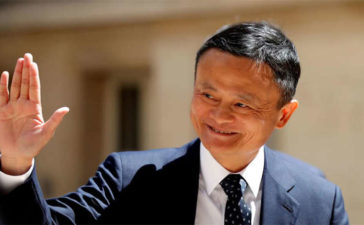New Delhi: The government’s demonetisation move appears not to have affected the demand for gold, which went up by 3.3 per cent in the fourth quarter (October-December) of 2016, data released by the World Gold Council showed on Friday. However, gold demand for the full year 2016 is lower at 675.5 tonnes, compared to 857.2 tonnes in 2015. “Demand for gold in India for Q4 2016 was at 244 tonnes – up by 3.3 per cent – as compared to overall Q4 demand for 2015 (236.1 tonnes),” the report stated. Total jewellery demand in India for the fourth quarter of 2016 was up by 3.5 per cent at 182.2 tonnes as compared to Q4 2015 (176 tonnes).
The value of jewellery demand was Rs 48,191.6 crore, a rise of 16.8 per cent from Q4 2015 (Rs 41,261 crore), the report said. However, the total jewellery demand in India for 2016 was also down by 22.4 per cent at 514 tonnes as compared to 662.3 tonnes in 2015. The value of jewellery demand in 2016 was Rs 138,837.8 crore, a drop of 12.3 per cent from 2015 (Rs 158,310.4 crore). “India’s gold demand for 2016 fell sharply by 21 per cent to 676 tonnes from 857 tonnes in 2015, though demand in Q4 2016 grew by 3 per cent to 244 tonnes, as consumers took advantage of softened gold prices that coincided with Diwali and the wedding season,” said Somasundaram P.R., Managing Director, India, World Gold Council.
“Demand was affected as the industry faced a number of challenges in transitioning to the emerging, structurally transparent system – be it the PAN card requirement, the excise duty on jewellery, demonetisation or the publicity around income disclosure schemes. This was not unique to gold, but trade practices and embedded buying behaviour created short-term headwinds,” he added. Somasundaram said gold remains a legitimate savings option for millions and in order for it to play a dynamic role in the economy it has to enter the mainstream through organised channels. “However, we anticipate that 2017 will see a demand range of 650-750 tonnes, due to the introduction of a Goods and Services Tax coupled with the gradual adaptation to the previous year’s policy changes,” he added.







